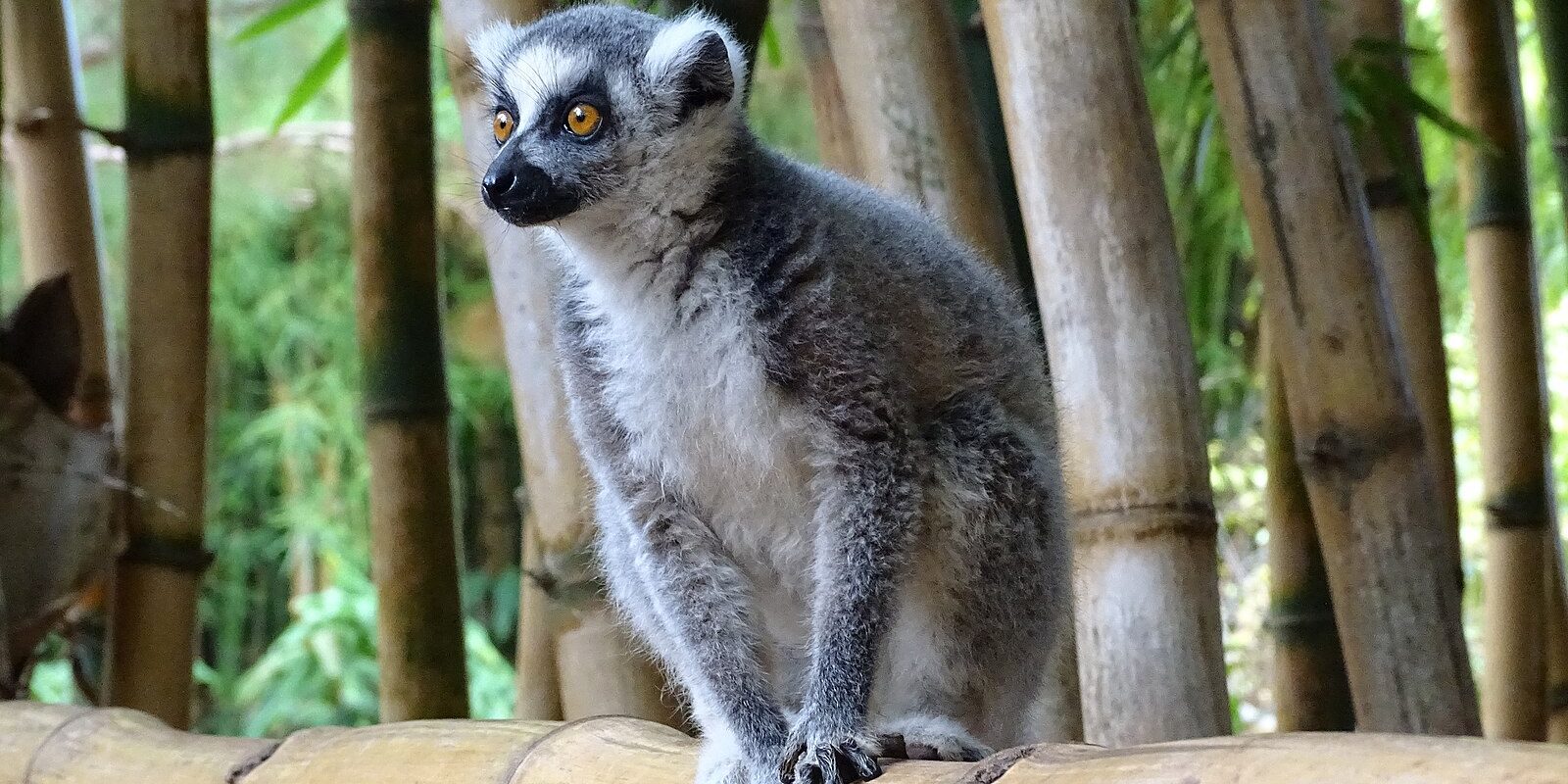We sing like lemurs and speak like bonobos: Warwick adds to animal language development research
‘Non-linear phenomena’, or NLP, is a mathematical category that can be applied to biological development. It refers to how an ‘input’ does not directly equal the ‘output’. For example, if you revised for an exam for a whole day, and remembered none of it, that would be an NLP, as the amount of effort you put in did not result in you remembering anything you revised. This same category can also be applied to the jumps in pitch, voice cracks, and rough noises that mark a flowing melody in children (and certainly some adults) as they’re trying to sing. So, NLP might be the perfect way to describe your housemate’s off-key karaoke.
A recent study by the University of Warwick and the University of Turin found that NLPs are also a fascinating insight into how baby lemurs develop their singing voices very similarly to how humans do. In this study, led by Warwick primatologist Dr Chiara De Gregorio, an analysis of 62 wild indris (Madagascan singing lemurs) and over 16,000 notes found that “young indris produce many more NLPs compared to their adult counterparts, suggesting that singing in tune is an ability that develops.”
There is still something uniquely human about the way that we communicate, however, as human language has a recursive and creative capacity that animal language doesn’t
By analysing these lemurs’ vocal patterns across different ages, researchers found that there are shared commonalities in the challenges faced by both a human child learning to sing and a young indri. This could be because, as both species mature, they develop their ability to “pitch match” – pitch perception mechanisms have already been found to be shared between humans and a species of New World monkey. So what does this mean? Well, Dr Daria Valente, a researcher at the University of Turin and co-first author of this study, summarises that their findings “shed light on the deeper evolutionary origins of vocal nonlinearities across the animal kingdom.” Essentially, the human voice and language development process is definitely not unique, and we share a lot more with the rest of the animal kingdom by way of communication mechanisms than we may think.
There is still something uniquely human about the way that we communicate, however, as human language has a recursive and creative capacity that animal language doesn’t, meaning we can forge completely new ideas and infinite combinations of them (as Noam Chomsky highlights in his foundational work Syntactic Structures). However, there are still astounding similarities between how humans communicate and how other species do. For example, bonobo apes are able to combine different types of sound (like a peep and a whistle to make a peep-whistle) where the meaning of this combined sound is the sum of its original parts, somewhat like a human sentence. With a peep meaning “I would like to x” and a grunt meaning “let’s stay together”, the peep-whistle was found to convey “let’s keep peace” to de-escalate tense social situations.
So, if you ever thought your housemate’s off-key karaoke sounded like a baby lemur still learning to sing, you were probably correct, but this study actually plays a pivotal role in adding to research on how vocal development is much more of a common process across all animals than it first appears
Coming back to singing, even humpback whales are found to develop communication through noise and singing in a manner comparable to humans, by using shorter sounds for infants to pick up communication quickly from their elders. And if you ever thought machismo in song and speech was limited to humans, you can actually also see it in these whales, and even the indris. The ‘roughness’ in singing that constitutes a form of NLP is actually more present in male indris than females, potentially in order to make the males sound more intimidating – this not only demonstrates how social roles are similar across species, but also shows how communication styles across genders may also be parallel.
So, if you ever thought your housemate’s unprompted singing sounded like a baby lemur still learning to call, you were probably correct. But this study also plays a pivotal role in adding to research on how vocal development is more similar across many animal species than it first appears. Of course, each species still uses their pitch skills for different function – while humans may sing for art and pleasure, it is more fundamental to indris who sing to “defend their territory, communicate with family members, and reinforce social bonds.” Yet the process of developing pitch as we mature and some of the fundamental mechanisms we use to communicate are definitely not singular to us humans.
The next time you hear someone trying to find their footing in a song, you can know that there is a lemur somewhere in Madagascar, and even a whale somewhere in the ocean, that is going through the exact same thing!

Comments